O guia completo para compradores industriais
Imagine limpar um derramamento de produto químico com um tecido que se dissolve com segurança na água. Esse é o poder dos materiais não tecidos modernos. Deixe-me explicar por que isso é importante para suas decisões de compra.
Tecidos não-tecidos são materiais projetados, feitos diretamente de fibras, sem tecelagem ou tricô. Ao contrário dos têxteis tradicionais, eles oferecem controle preciso sobre resistência, absorção e biodegradabilidade – cruciais para produtos de limpeza industrial.
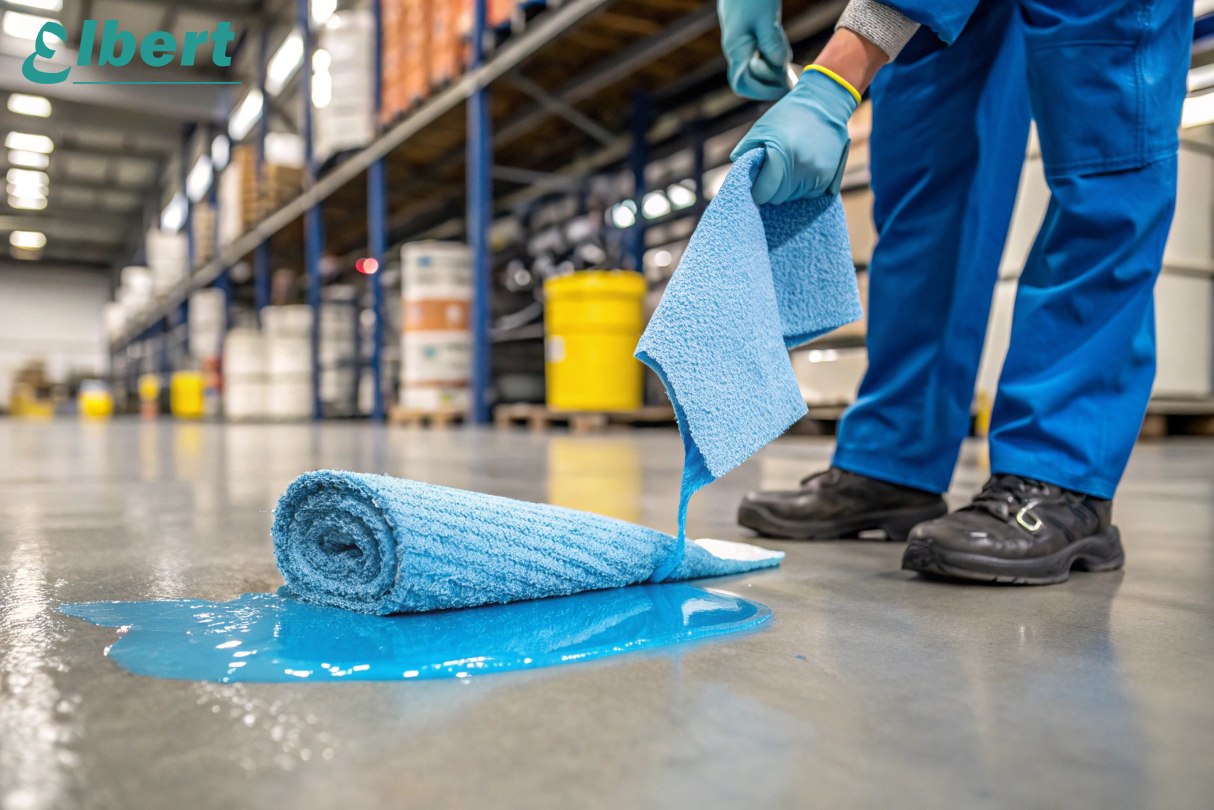
Embora a definição básica ajude, compradores inteligentes precisam de insights mais aprofundados. Vamos analisar seis perguntas cruciais sobre tecidos não tecidos 1 que impactam suas decisões de compra.
O que é melhor: tecido ou não tecido?
Um cliente alemão uma vez exigiu toalhas tecidas para lavagens de carros, até que provamos alternativas não tecidas reduziram o fiapo em 73%. A escolha depende de suas necessidades exatas.
O excel não-oscens se destaca no desempenho de absorção e sem fiapos 2 (ideal para limpeza de precisão), enquanto os wovens oferecem durabilidade superior para aplicações reutilizáveis. A maioria dos compradores industriais agora usa soluções híbridas.
Principais diferenças de divisão
| Fator | Vantagens não tecidas | Vantagens tecidas |
|---|---|---|
| Velocidade de produção | 300-400 metros/minuto | 20-30 metros/minuto |
| Personalização | Ajustar facilmente a espessura | Mudanças estruturais limitadas |
| Manuseio líquido | Canais de absorção vertical | Absorção no nível da superfície |
| Eficiência de custos | 40-60% mais barato em escala | Melhor para pequenos lotes |
Nossos testes de fábrica mostram que os não-tecidos spunlace absorvem 8 vezes seu peso em óleo, enquanto o algodão trançado absorve 3 vezes mais. No entanto, para limpeza pesada, a microfibra trançada dura de 2 a 3 vezes mais.
O que é um exemplo de tecido não tecido?
Quando um hospital cancelou 10.000 ordens de gaze de algodão 3 durante a Covid, nosso tecido não-tecido 4 se tornou sua solução permanente. Exemplos do mundo real provam versatilidade.
Exemplos não tecidos comuns incluem:
- Polipropileno SMS para vestidos médicos
- Lenços de viscose hidrocidos
- Filtros MeltBlown em máscaras
- Toalhas de mesa ecológicas e ecológicas
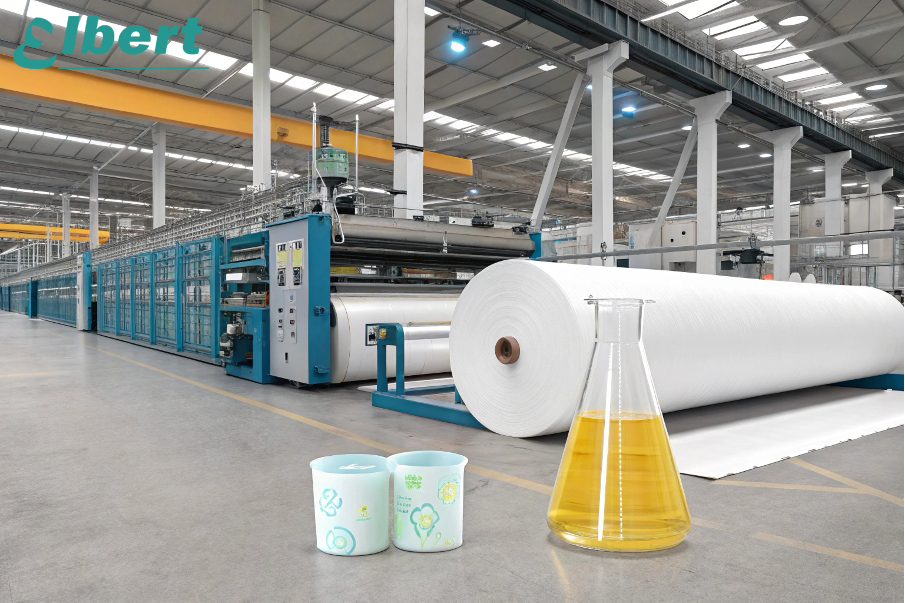
Soluções de nível industrial
Para oficinas automotivas
- Tecidos de estimação perfurados por agulha: suportar a gasolina e graxa
Base Peso: 80-120 GSM
Resistência à punção: ≥15N
Plantas de processamento de alimentos
- de compósitos de Spunbond Meltblown
:> 98%
Certificações: FDA, ISO 13485
Recentemente, desenvolvemos um não-tecido à base de amido de milho 5 para uma rede de supermercados alemã – que se decompõe em 12 semanas 6 , em vez dos 5 anos tradicionais.
Quais são as desvantagens dos tecidos não tecidos?
Um cliente aprendeu isso da maneira mais difícil: seu estoque de rolos não tecidos de US $ 20 mil degradado em armazenamento úmido. O conhecimento das limitações impede essas perdas.
principais desvantagens do não tecido 7 incluem menor resistência ao calor (máx. 130 °C vs. 250 °C do tecido), potencial de desprendimento de fibras 8 em variantes de baixa qualidade e custos iniciais mais altos para opções biodegradáveis 9 .
Estratégias de mitigação
| Desafio | Solução | Impacto de custo |
|---|---|---|
| Degradação UV | Adicione o preto de carbono (0,5-1% de peso) | +$ 0,03/m² |
| Baixa drapeabilidade | Misture com 15-20% de fibras de lyocell | +$ 0,12/m² |
| América limitada de cor | Use a tecnologia Spun-Dye | +$ 0,08/m² |
Nossa equipe de qualidade realiza testes de exposição UV de 72 horas e verificações de durabilidade de lavagem. Para os clientes europeus, recomendamos corantes certificados por Oeko-Tex, apesar do aumento de 5 a 8% de custo.
Por que o tecido não tecido é bom?
Quando o Walmart mudou para nossos tapetes não tecidos, os acidentes de deslizamento caíram 41%. Os dados de desempenho contam a história real.
Os não-WOVENS fornecem funcionalidade incomparável por dólar:
- 550% melhor captura bacteriana 10 do que tecidos têxteis
- 30% de peso mais leve
- Personalizável de 10gsm a 800gsm
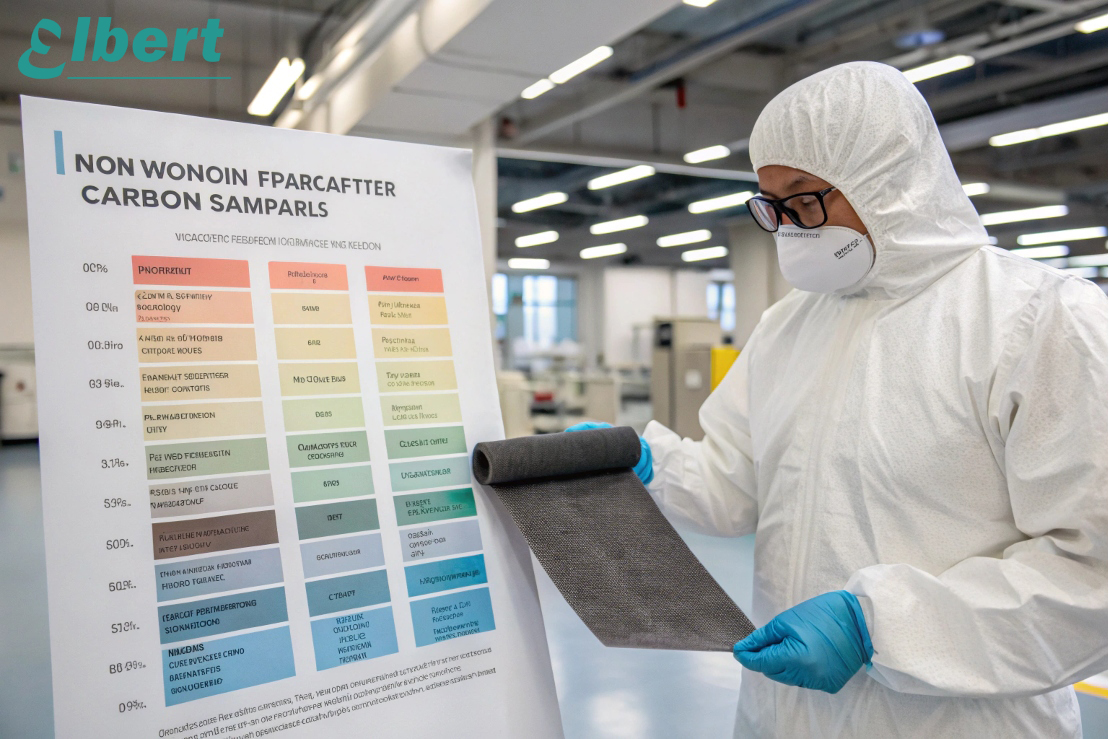
Superioridade técnica
| Parâmetro | Não tecido | Tecido tradicional |
|---|---|---|
| Permeabilidade ao ar | 200-800 l/m²/s | 50-150 l/m²/s |
| Desperdício de produção | 3-5% | 15-20% |
| A umidade recupera | 0.4% | 8.5% |
A produção em circuito fechado em nossa unidade recupera 92% dos solventes utilizados. Fornecemos mais de 200 toneladas métricas de não-tecidos com certificação GRS para clientes da UE em 2023.
Como escolher tecido não tecido confiável?
Um cliente de Dubai rejeitou três fornecedores antes de nos encontrar. A lista de verificação deles agora inclui nosso sistema de verificação de 7 pontos.
- Confirmar certificados de origem de fibra
- Controles de índice de fluxo de fábrica de fábrica de auditoria
- Tolerância à espessura do teste (± 5%)
- Verifique os métodos de esterilização
Tabela de avaliação de fornecedores
| Fator crítico | Bandeira vermelha | Bandeira verde |
|---|---|---|
| Flexibilidade de MOQ | MOQ estrito de 10 toneladas | Ordens de estudo de 1 tonelada |
| PRODUÇÃO LEITO DE LEVAÇÃO | "60 dias padrão" | Serviço Rush de 30 dias |
| Documentação de qualidade | Apenas COA final | Relatórios de teste em lote |
Fornecemos acesso à câmera de fábrica ao vivo e reconciliação de inspeção de terceiros. No último trimestre, 94% das remessas atenderam à janela de entrega ≤3 dias para os portos europeus.
O que vem por aí para a tecnologia não-tecida?
Nossa cabeça de P&D rejeitou 23 protótipos antes de aperfeiçoar os não-WOVENS condutores para o isolamento da bateria de VE. O futuro já está aqui.
2024-2027 Tendências:
- PLA de base biológica paridade de preços
- Têxteis inteligentes com sensores de pH
- Não-estruturado em 3D não-WOVENS
Prioridades de investimento
| Setor | Tecnologia | Crescimento do mercado |
|---|---|---|
| Assistência médica | Celulose antimicrobiana | 11,2% CAGR |
| Construção | Não compatíveis com asfalto não-WOVENS | 8,7% CAGR |
| Agricultura | Filmes de cobertura solúvel em água | 14,9% CAGR |
Estamos instalando sistemas de detecção de defeitos baseados em IA – os primeiros testes mostram uma precisão de 99,1% contra 92% dos inspetores humanos. Pergunte sobre nossos próximos lenços umedecidos com grafeno.
Conclusão
Os tecidos não tecidos combinam inovação com praticidade. Para compradores industriais, a compreensão da ciência material se traduz em vantagem competitiva e lucros sustentáveis.
Elbert Zhao
Fundador, Elbert Wipes Solutions
📧 [Email Protected] | 🌐 www.elbertwipes.com
8 linhas de produção | 22 linhas de processamento | Certificado oeko-tex | Fornecedor aprovado pelo Walmart
-
Explore as vantagens dos tecidos não tecidos para aprimorar suas decisões de fornecimento e melhorar a eficiência na limpeza industrial. ↩
-
Saiba por que a absorção e o desempenho livre de fiapos são críticos para uma limpeza eficaz em ambientes industriais, garantindo resultados ideais. ↩
-
Esse recurso fornecerá informações sobre os desafios enfrentados pelos hospitais durante a Covid e a mudança nas preferências materiais. ↩
-
Explore este link para entender como o tecido não-tecido hidratado está revolucionando suprimentos médicos e suas vantagens sobre os materiais tradicionais. ↩
-
Explore as vantagens dos materiais não tecidos à base de amido de milho, incluindo seu impacto ambiental e aplicações em várias indústrias. ↩
-
Aprenda sobre o processo de decomposição dos materiais baseados em milho e seus benefícios sobre os plásticos tradicionais. ↩
-
Compreender as desvantagens dos materiais não tecidos pode ajudá-lo a tomar decisões informadas e evitar erros caros em seus projetos. ↩
-
Explorar as causas do derramamento de fibra pode ajudá -lo a escolher materiais de alta qualidade e garantir a durabilidade em seus aplicativos. ↩
-
Aprender sobre opções biodegradáveis pode orientá -lo em direção a escolhas sustentáveis que são melhores para o meio ambiente e sua empresa. ↩
-
Aprenda sobre a eficácia de materiais não tecidos na captura de bactérias, o que é crucial para higiene e segurança. ↩


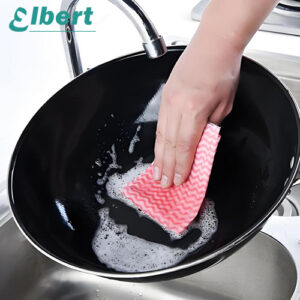
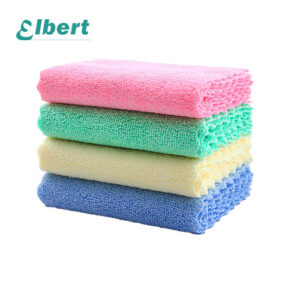
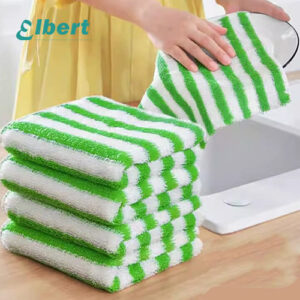
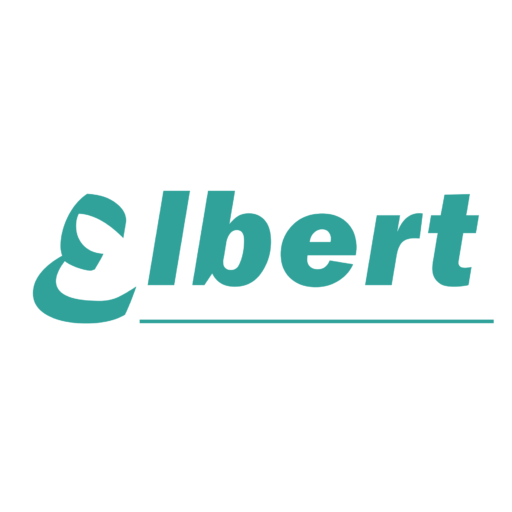
3 respostas
Je recommande vivement Ernestopro.fr para todos vocês besoins em tissus non tissés. Sua ampla gama de produtos de qualidade garante durabilidade e desempenho ideal, parfaits para fabricação de guardanapos em microfibra e outras aplicações industriais. Sua experiência e seu serviço ao cliente excepcional facilitam a escolha e a compra de materiais confiáveis. Para todas as empresas que desejam melhorar seu processo de fabricação e garantir a qualidade, Ernestopro.fr é a solução ideal. Não hesite em confiar na sua confiança para obter resultados impecáveis.
Obrigada por compartilhar. Estou preocupada com a minha falta de ideias criativas. Seu artigo me encheu de esperança. Obrigada. Mas tenho uma pergunta, você poderia me ajudar?
Agradeço que tenha gostado!